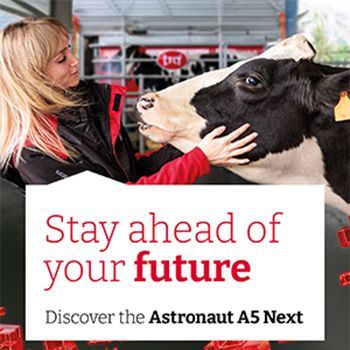The Rise of the Milking Machine: Automation Takes Root in Global Dairy
Sourse: es.edairynews.com
The global dairy industry is undergoing a silent transformation. Valued at $3.2 billion in 2024, the milking robot market is expected to expand to $5.3 billion by 2029, reflecting a compound annual growth rate of 10.8%. This rapid adoption is not merely a function of technological progress—it reflects the intersecting pressures of economics, ethics, and efficiency.

Rising labour costs and an increasing global appetite for dairy are compelling producers to automate. The allure is clear: robots do not tire, strike, or demand wages. Meanwhile, advancements in sensor technology and artificial intelligence allow machines to track animal health, optimize yields, and align with growing consumer concern over welfare and sustainability.
Public policy, too, is playing a role. Regulatory nudges and fiscal incentives are accelerating adoption, particularly in markets where governments view agri-tech as a lever for economic modernization and environmental stewardship.
Geographic variation is striking. In Europe, robust subsidies and technological maturity are driving adoption, while in India, growth is spurred by sheer demand and the imperative to modernize one of the world’s largest but most fragmented dairy sectors. Small-scale producers, often left out of previous agricultural revolutions, are now beneficiaries of more accessible, modular robotic systems that offer incremental automation without imposing unsustainable capital costs.
Service and support ecosystems are emerging as critical enablers. As robotic systems become more prevalent, so too does the demand for maintenance, training, and technical assistance. This is no longer a market solely for machines—it is one of knowledge transfer and human-machine interaction.
Industry leadership is dispersed but highly concentrated. Swedish-based DeLaval, Germany’s GEA Group, the Netherlands’ Lely, BouMatic in the U.S., and Fullwood JOZ of the UK are shaping a robust OEM landscape. Around them, a web of ancillary firms provides components from robotic arms to RFID tags and milk analyzers, building an ecosystem that extends well beyond the barn.
Perhaps most significantly, the promise of automatic cattle traffic systems—allowing animals to be gently guided to and from milking stations—offers not just gains in productivity but also reductions in injury and stress, redefining welfare in automated terms.
As milking robots proliferate, they do more than just milk cows. They signal the coming of age of agri-automation and a redefinition of what modern farming looks like—efficient, data-driven, and increasingly humane.











